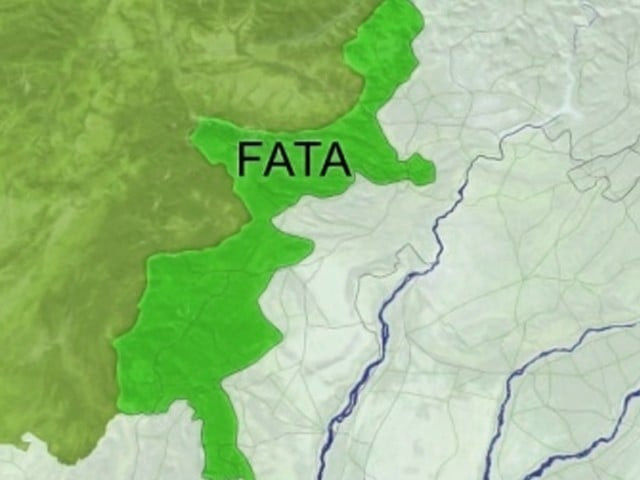Evaluating FATA’s merger with K-P
Fata’s status has remained controversial

STOCK IMAGE
Developing consensus regarding the future of Federally Administrative Tribal Areas within the nation is definitely a good omen despite the presence of palpable hostility on the country’s western and eastern border.
Majority of tribespeople and politically aware individuals have refused to work within the status quo inherited from the colonial era. Majority of the political forces in the country are now in favour of ending Fata’s autonomous status and making it a part of Khyber-Pakhtunkhwa.
Though tribal leaders insist on making Fata independent like Gilgit-Baltistan and suggest the involvement of local government council in its legislative and administrative affairs. These leaders, however, seem to be under the influence of the civil and military establishment.
Towards unity
Soon after independence, progressive and nationalistic political parties demanded restructuring Fata, however, the legacy of colonial rulers, embedded within civil and military establishments opposed the idea.
In a more recent turn of events, Awami National Party was the first political force to press for the merger of Fata with K-P in light of its geographic, historic and communal location. ANP leader Nisar Mohmand initiated the struggle and assembled all tribesmen on one platform. “Fata’s merger with K-P will not only enable tribespeople to get access to legal, constitutional and economic rights but will also see an end to trends of violence and terrorism in the region,” he said. Even though ANP and its supporters within tribal regions came under severe criticism, the party remained steadfast in its belief.
Soon, other parties; Pakistan Peoples Party, Jamaat-e-Islami, Jamiat Ulema-e-Islam-Fazl, Qaumi Watan Party, National Party, Pakistan Workers Party and several others endorsed ANP’s demand.
FATA Lawyers Forum, initially headed by Ijaz Mohmand and then by Rahim Shah Afridi, played a significant role in ensuring their demand reached the highest platform.
The merger demand was revived when Fata parliamentarians, with the help of Haji Shah Jee Gul Afridi, submitted a bill demanding amendments in Article 247 of the Constitution. Political parties represented at both Upper and Lower Houses extended their support for this move.
Preserving autonomy
Tribal elders known for their loyalty and obedience to civil and military establishments arranged a jirga in Bannu opposing the merger of Fata with K-P. Pakhtunkhwa Milli Awami Party (PkMAP) leader Mahmood Khan Achakzai attended the jirga to support Fata’s sovereign status.
When contacted, PkMAP leader Mukhtiar Yousafzai told The Express Tribune, “Both Pakistan and Afghanistan should consult each other regarding Fata according to 1879 Gandamak and 1893 Durand Line accords.”
Historical backdrop
Fata’s status has remained controversial since its formation under the British colonial rule and imposition of the infamous Frontier Crimes Regulations (FCR). With the Partition of the Subcontinent in 1947, Fata became a semi-autonomous part of Pakistan. The tribespeople fought valiantly in the Indo-Pak war of 1948.
However, soon after, strategic and economic interests lured civil and military establishments to intervene in Fata. The developments that took place in Afghanistan in 1973, 1979, 1992, 1996 and 2001 caused Pakistan’s armed forces to get directly involved in the region, questioning Fata’s independence and autonomous status.
Published in The Express Tribune, October 19th, 2015.













COMMENTS
Comments are moderated and generally will be posted if they are on-topic and not abusive.
For more information, please see our Comments FAQ